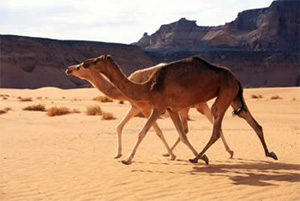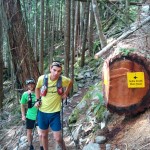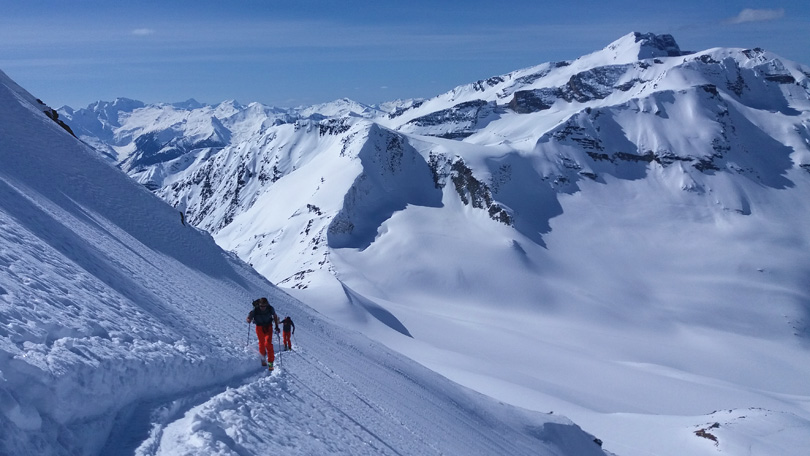
Are you ready to ski yet? We bet a lot of you are. After all, the snow has been flying already.
We are proponents of planning your next season as early as May or June, however, unless you are shooting for the stars, you will most likely delay this until some version of the season’s racing calendar is out.
This is not a complete flop by any means as long as you are staying active throughout the summer. If you happened to mix in some racing then even better.
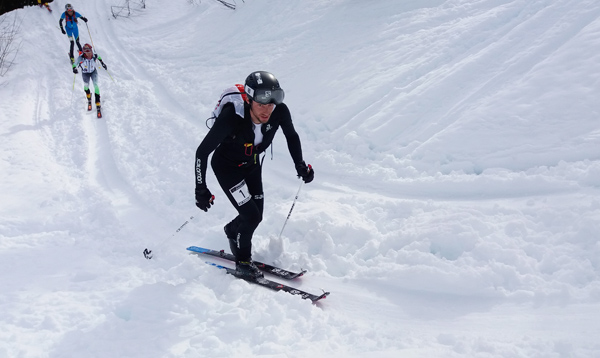
Establishing Facts: Things to Consider
To come up with a reasonable plan for your next race season, it is wise to evaluate a couple of important things:
- What are my goals? (races and adventures)
- How long do I have to get ready for them?
- Where is my fitness right now?
- What do I need to do to be at my best at the right time?
- Do I have all the gear in place?
While the above should be figured out as soon as possible, the below still have some time:
- Where are my goal races located?
- Are they at altitude?
- Will they require significant travel to attend?
- How will this impact my training and life?
- Can I share race trips with friends?
- How much will these trips cost?
Planning Your Training Around Your Goals
Now that you have realized some truths and set some goals, you can start planning how to incorporate the necessary training. Having a full time job doesn’t make it easy but most of us have that responsibility so you are in no disadvantage.
With a well thought out plan you can make big performance gains without having to commit to 3-4h of training every day.
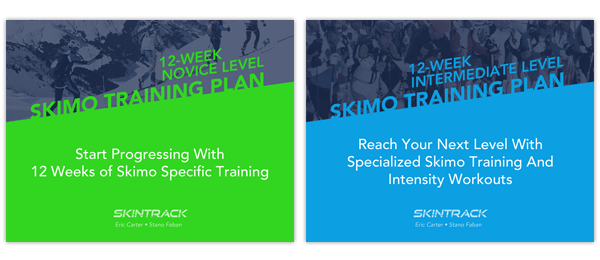
Drafting your training plan should start from the end and working backwards from your goal race (or race month) to the present. Analyze what demands (physical, technical…) your goal race will require of you. Is it a sprint, two hour individual, or a long teams race?
Beyond that, you also need to keep in mind that effective training should have continuity, progress, and variety to gradually make you improve to the desired level.
With all that in mind, here’s a simple example of how you can come up with a reasonable plan:
- Goal event: January 27, 2018
- Taper 1-2 weeks out
- Focus on intensity 2-8 weeks out
- Focus on strength and endurance 9-16 weeks out
From there, you can start planning your individual weeks and even workouts.
First, identify 1-3 goals for each period or week and then choose two primary workouts per week that help move you towards the goals. These are your “bread and butter” workouts and should be the priority. Once these are identified, fill in the rest of the week with the secondary goals and overall endurance work.
Secondary Considerations: Recovery and Nutrition
If you have been training for few seasons or following SkinTrack, you know that actual training is only one part of the whole puzzle. Recovery is equally important, especially if you have a demanding job or family commitments to consider.
The only way to improve is to adapt to higher (more demanding) training loads. To adapt you will need to strategically schedule recovery days and weeks into your plan. While this can be highly individual, there are some conservative general principles such as building your training load for three weeks followed by recovery period of one week, as well as having at least one full day-off each week.
Another factor affecting your rate of adaptation and improvement will be your nutrition. You do not need to obsess but eating mostly unprocessed foods and avoiding most junk food will be highly beneficial. You can also boost your caloric and protein intake during the most demanding weeks. Basically, if your body asks for more then eat more. We don’t mean ice cream though 🙂
Help with Planning
If you would like to follow a specialized skimo training plan and can commit 6-9h of training per week then we have designed such a plan last year – 12-Week Skimo Training Plan.
Besides that, you can get a deal on a package by combining the training plan with our Manual For Ski Mountaineering Racing e-book from which you can learn about all aspects of our sport, plus improve your transitions skills by learning from our videos.


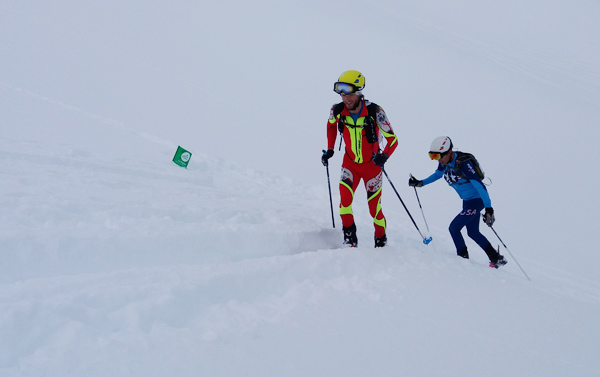
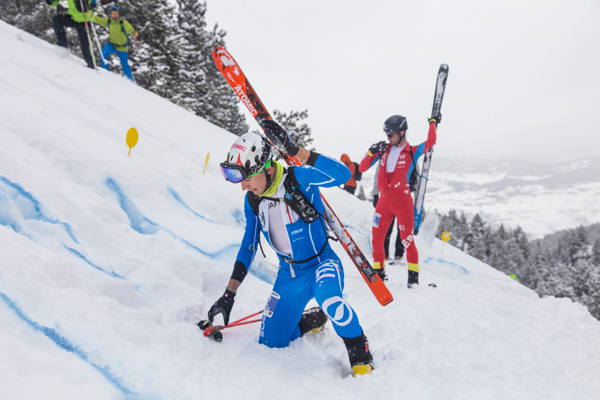
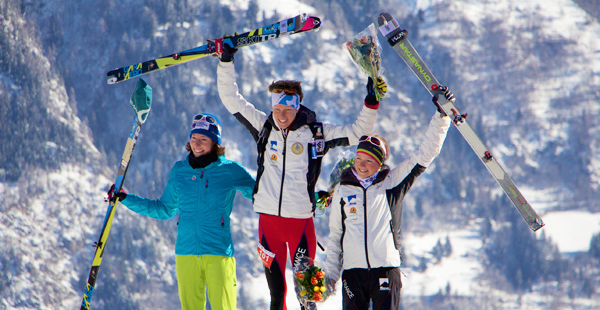
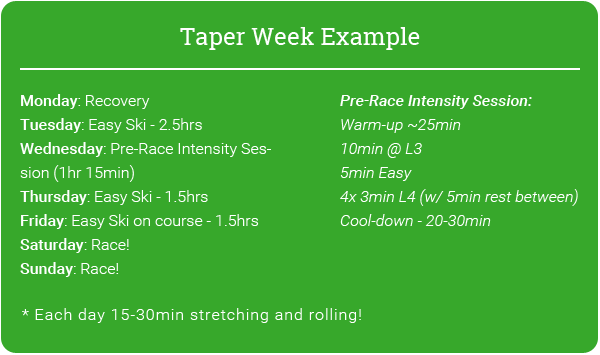
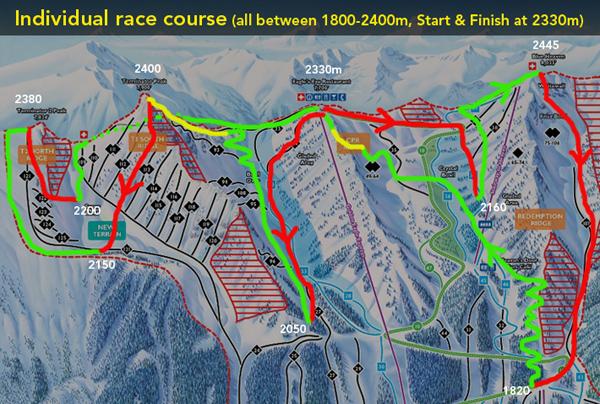
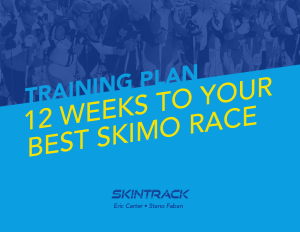
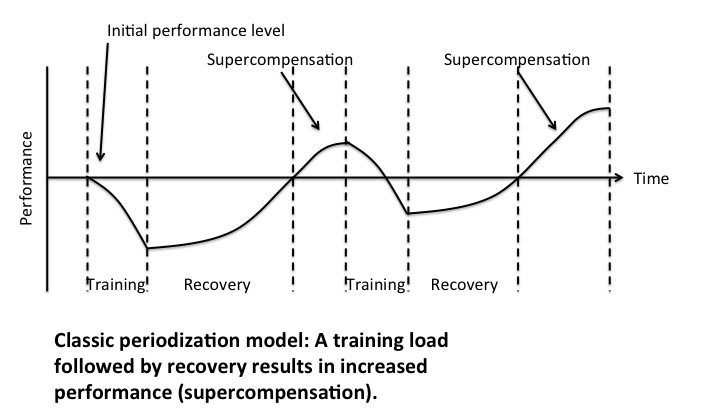
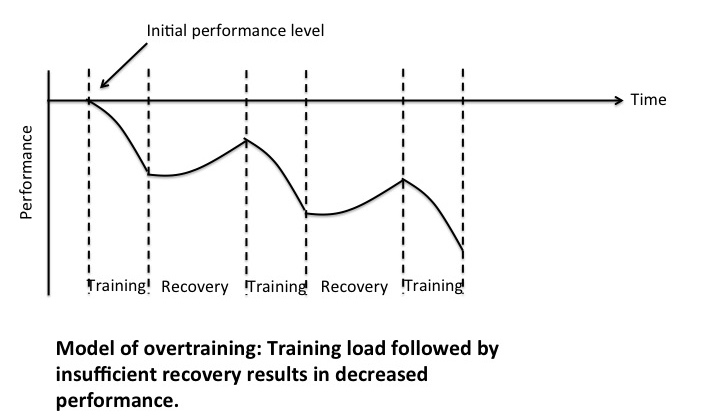
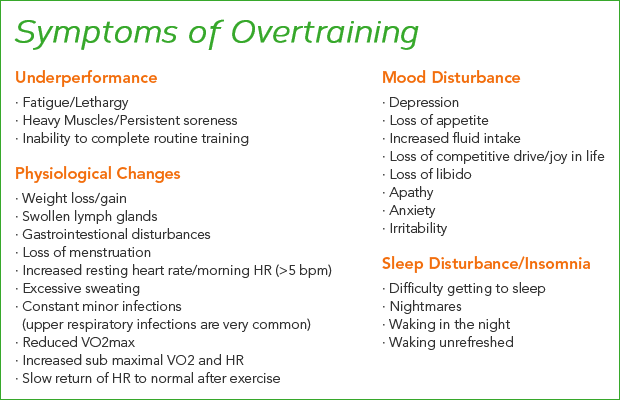
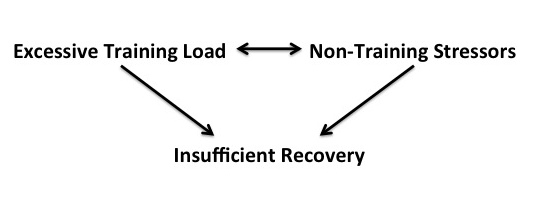


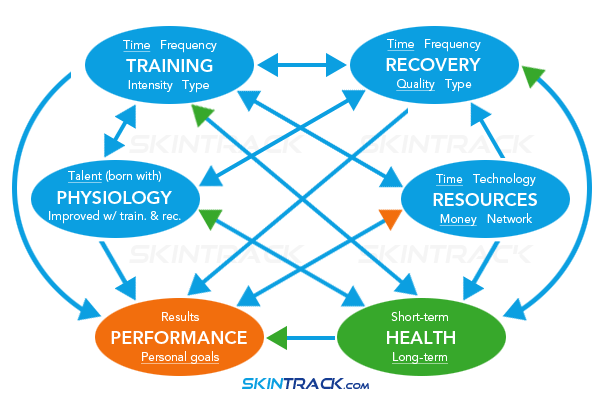
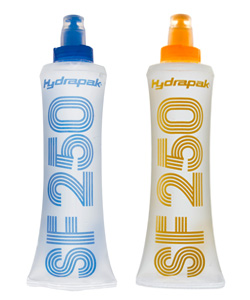 Hydrapak SoftFlask quick overview:
Hydrapak SoftFlask quick overview:
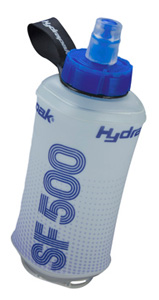 These flasks are also useful for similar length running races and fit well in a vest pocket or just as a handheld. Once you finish the flask, crumple it up and stick it in your shorts pocket.
These flasks are also useful for similar length running races and fit well in a vest pocket or just as a handheld. Once you finish the flask, crumple it up and stick it in your shorts pocket.